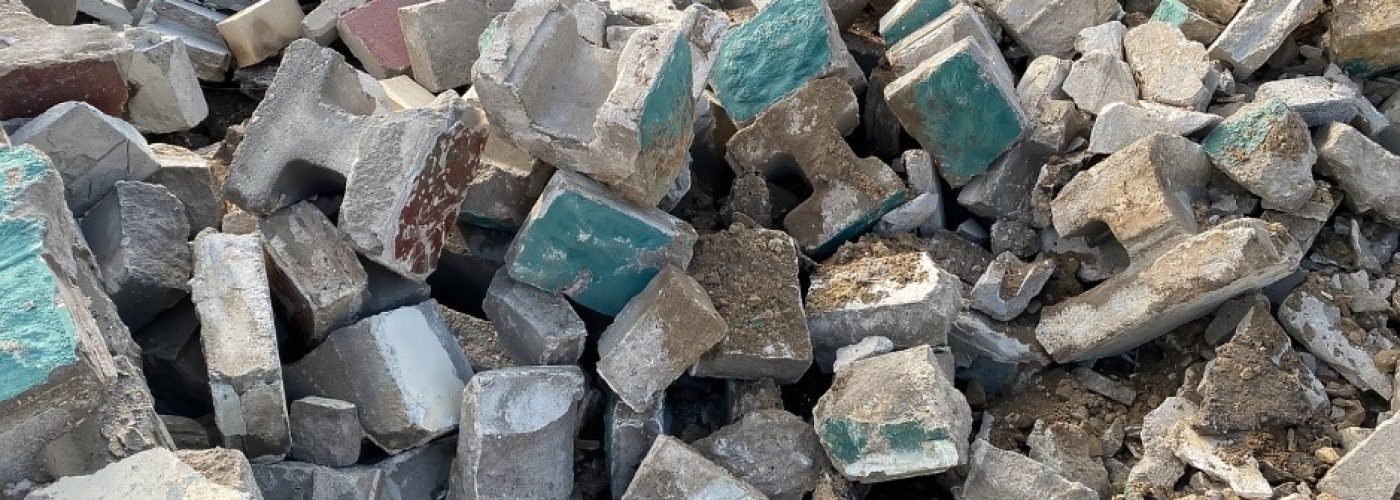Waste production is inevitable in any construction site. In the United Kingdom, contractors are legally required to dispose and manage their wastes properly to help the government minimise and reduce its environmental impact. It is also the best way to maintain the standard in landfills if businesses learn to reduce, reuse, recycle, and ‘not waste’ the wastes altogether.
Construction, excavation, and demolition sites produce different types of wastes, covered with regulations to be disposed of and managed properly. If you are in this business, you have to develop an effective management protocol to limit how much you send to landfills while keeping track of your costs. Check out mini skip hire costs to find the most practical partner in proper waste disposal and management that can help you maximise your budget.
To get you started, here are some of the everyday waste types produced in construction sites and what you can do with them:
1. Pile of rubble and concrete
Since most construction projects may involve demolition of some form, rubbles are part of the wastes they create at different stages. Therefore, before you easily decide at taking them into the landfills, you may want to explore working with concrete producers who have recycling procedures to repurpose such materials. Some would even offer to pick up your rubbles and unload them into their location free of charge.
2. Wood materials
Depending on their state, there are various ways you can reuse and recycle wood materials from your construction projects. If they are in good condition, leftover wood may be used for other projects. In the case of used wood, they may be generated into shavings for use as a filler. Of course, high-grade wood has the best value when you resell them, but low-grade wood may still be profitable if you sell them to pallet producers and the like.
3. Plastic waste
Plastic is another waste material that construction sites may produce in huge amounts. Good thing you may recycle them through companies that melt and reproduce them into different materials. However, if you cannot reuse your plastic waste for your future projects, sending them to recycling companies is your best resort.
4. Glass
Like what you can do with plastic, you may turn over glass wastes to recycling companies, where they may be melted and formed into another material. Or they may be crushed and aggregated to be used in producing fibreglass. Glass wastes are often picked from old windows or from trimmings where the material is used.
5. Hazardous materials
Asbestos, foams, fibreglass, and insulation materials may contain hazardous chemicals and should be disposed of according to the existing regulations. The most convenient way is to hire skips that will safely remove the materials from your construction site. Otherwise, exposure to the chemicals may endanger your workers’ health as they could easily contract lung disease.
One of the best ways to develop an effective waste management plan is to understand what type of waste you are dealing with. Various wastes have different recommended methods of disposal. You have to learn them to know what to do.





